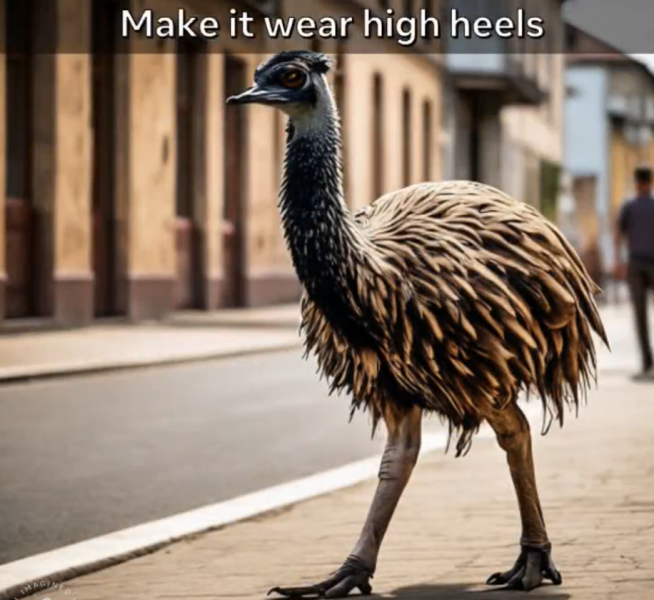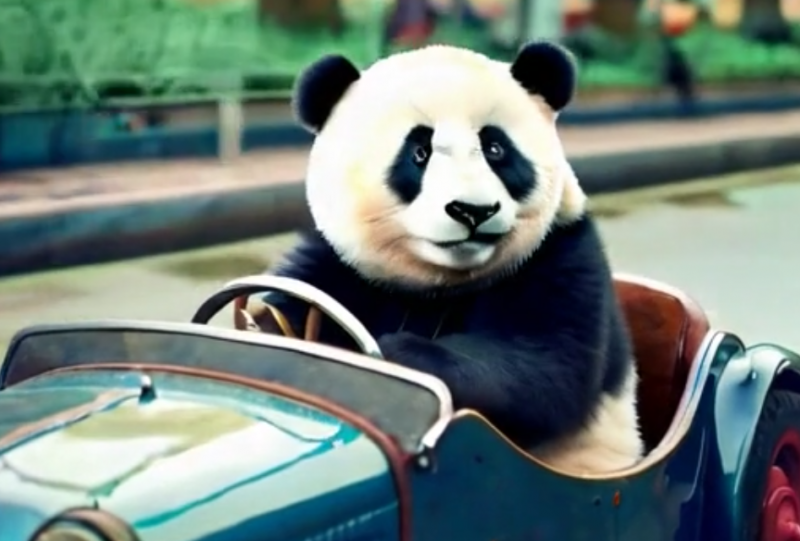Several of the lesbians profiled in the 2005 documentary have since transitioned, but all remain as authentic as ever in Daniel Peddle’s powerful and tender sequel.

In the early 2000s, director Daniel Peddle turned his gaze to the lives of several young, masculine-presenting lesbians of color living in New York City.
He called his documentary “The Aggressives,” in a nod to the label given to, but also embraced by the women featured. The film was groundbreaking then and remains illuminating today.
For his sequel, “Beyond the Aggressives: 25 Years Later,” Peddle has gathered four of the subjects who made the 2005 film both insightful and inspiring.
The original was filmed between 1997 and 2003. The sequel covers the years 2018-23, with Peddle and editor Yvette Wojciechowski deftly interspersing footage from the original documentary throughout.
It’s good to see Kisha Batista, Trevon Haynes, Octavio Sanders and Chin Tsui again. In the original, they were teenagers wrestling with identity amid issues of race, class, sexuality and, it turns out, gender. Beneath their swagger coursed questions about belonging, labels and identity. In “Beyond,” those quandaries have been, if not always resolved, engaged. They’ve evolved. What must it feel like to have been a character in such a time capsule? And then return for more?
In the original doc, nearly all the subjects stated that their masculine presentation should not be confused with wanting to be a man. In the interim — years in which transgender identity has made advances — Trevon, Chin and Octavios have transitioned or identify as male. Much as she was in the original, the artist Kisha Batista, who identified then as “fem-aggressive,” is the outlier. She was also the person who introduced Peddle to her circle of aggressive — or AG — friends.
If the sequel is resolutely authentic, it’s because that quartet remains so. Now in their middle years, the subjects face the typical hurdles of adulthood: loss of loved ones, relationship bumps, health care scares. It’s that minuet that makes the film both specific and deeply humane. These journeys haven’t been smooth, but many of the challenges are those of growing older and a little wiser.
After a prologue that uses footage from the original, Peddle begins the follow-up documentary with Kisha taking photos of young queer folk. (It’s hard not to refer to the subjects by their first names; the film makes them feel like old friends). The one-time model has been painting and photographing during the intervening decades. One of her projects is documenting LGBT people, some of whom provide the movie interstitial insights about what the earlier doc and its characters meant to them. One refers to them as “trans-cestors.”
The film finds Trevon in Palm Springs, doing the gig economy hustle but also trying to forge domestic bliss with his fiancée, Jade. Having lost his mother when he was 13, Trevon craves family. His concerns about being able to have children with Jade are the sort of concerns that should resonate with other couples dealing with fertility issues. But as he shares his frustrations finding gynecological services, the movie makes clear just how clumsy the healthcare system is in addressing transgender people’s needs.
For many years, Octavio opted not to have top surgery because he wanted his son to have a clear sense of him as his mother. Now an adult, son Tyquan Sanders turns out to be a compassionate soul, navigating his own ideas about what it means to be a Black man in a world in which depictions of masculinity have often narrowed his possibilities. He finds no hiccup of contradiction in declaring, “I’m proud of my mom. He’s happy.”
Swept into the immigration maelstrom, Chin Tsui spent almost 19 months in solitary confinement in a Georgia ICE detention center. (At a “Free Chin Now” protest, Chin’s sister, Nancy Benabe, speaks out for her brother with loving, furious clarity). His incarceration reflects the immigration system’s failings but also its transphobia. Whether the lawyers who’ve taken his case will be able to get Chin out of detention supplies the documentary with added if galling suspense.
“Beyond the Aggressives” is itself an example of evolving standards in documentary. Occasionally Peddle makes an appearance on camera. Several times he can be heard asking a question. Often the interactions with the subjects feel guided by the subjects, rather than the filmmaker. The doc is also indicative of Peddle’s own growth: As a white gay man, he is more mindful of the privilege that whiteness affords him.
The sequel provides an ever-maturing understanding of the tension between labels and identities, between a changing self, an expanding queer “community” and the broader society. An essential theme in “Beyond the Aggressives” might be that when it comes to the individual, the labels — “identities” — we all wield, while liberating, are also insufficient to the complexities and poetry of being human.
Back when the subjects declared they didn’t want to be men, they weren’t being evasive or in denial. Instead, they were being truthful the way people are at a given moment in time, working with the language of that period and grappling with their own understanding of their selves. They didn’t want to be men; they wanted to be themselves. Michael Apted’s pioneering “Up” series (which caught up with its subjects every seven years after 1964’s original group portrait) made the eloquent case for longitudinal documentaries. So does Peddle’s tender and insightful sequel. “Beyond the Aggressives” makes it easy to wonder what joys, sorrows and epiphanies a future follow-up could bring.
— Variety




















